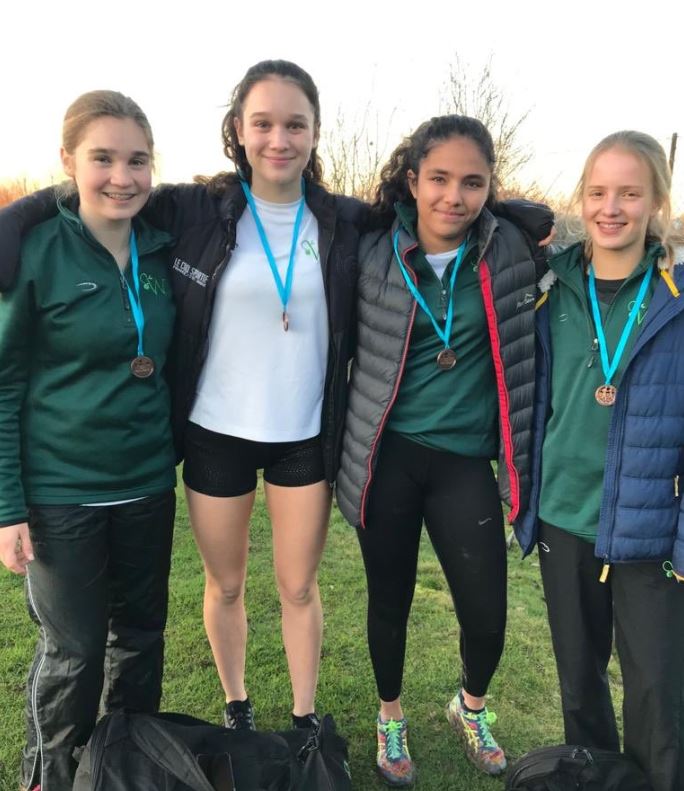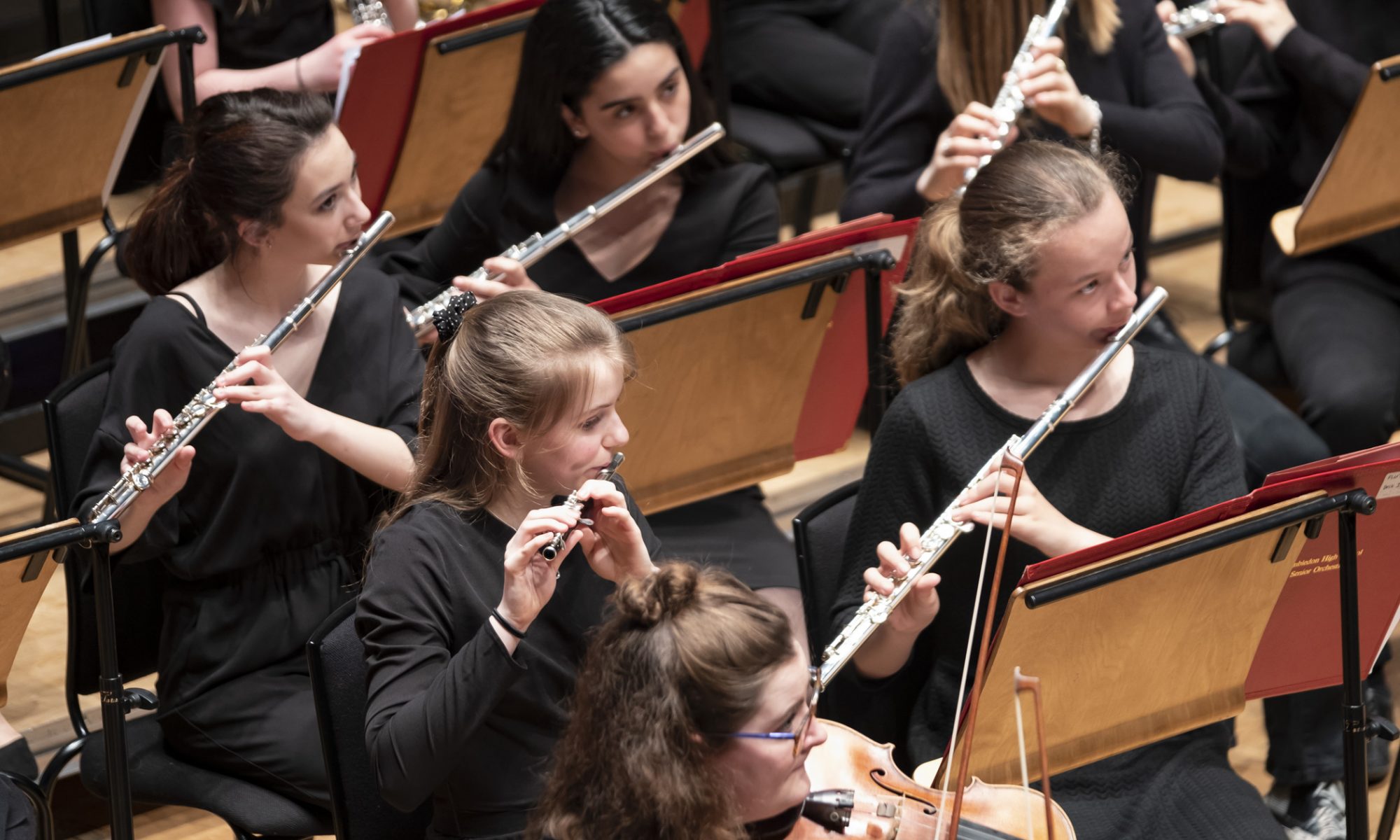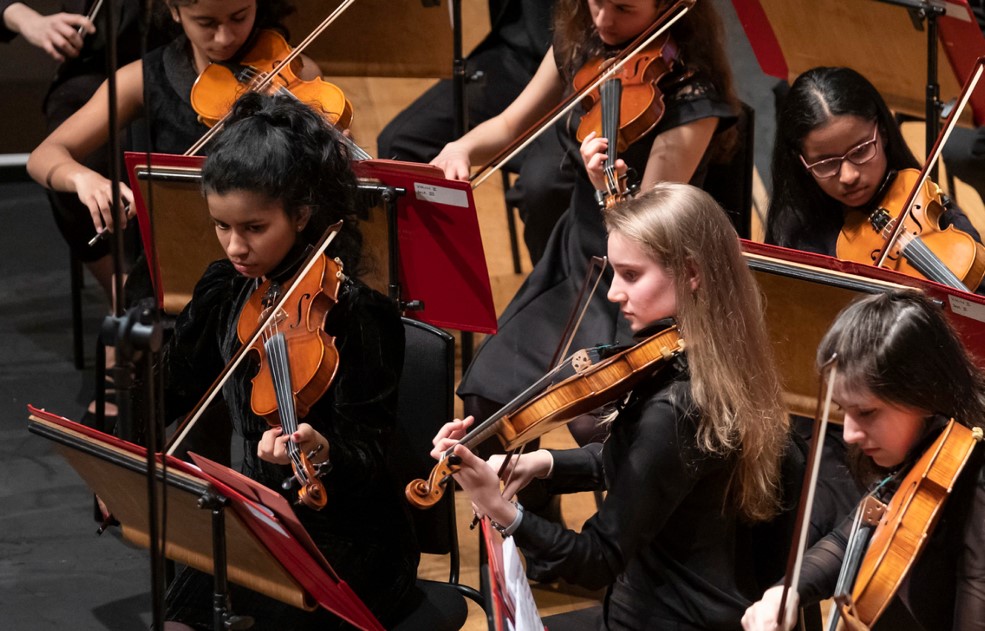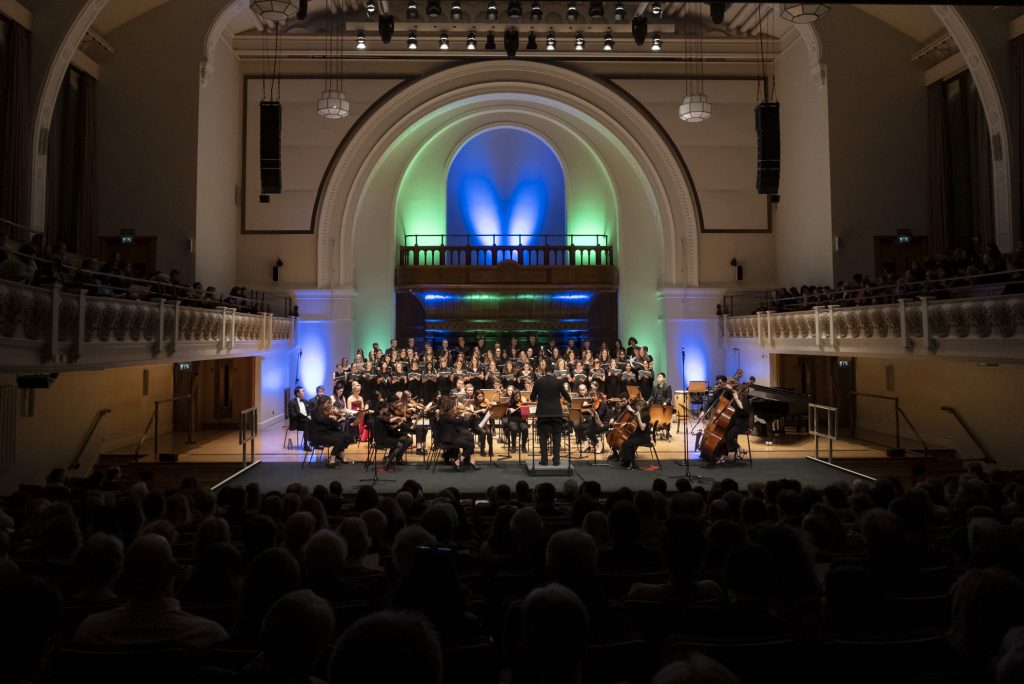Coutts Coutts-Wood, Director of Sport at WHS, looks at the psychology behind training and being active in a competitive environment, and how we can make training more effective.
Training is designed to develop a player; it creates a safe learning environment where repetition and reinforcement help to foster the necessary mental and physical skills required for competition. It is where you can try to be the best version of yourself. In training or practice, athletes are often more relaxed and focused, full of positivity and excitement and it is the space in which making mistakes repeatedly is ok. It is where the athlete can learn from errors and where faults are forgivable and ‘allowed’ – after all it’s only training, right?
It can be too easy to approach training or lessons with the mind-set that your time is not as important, that the rewards from excelling are lower and consequently less value is placed upon quality of performance. It’s very easy for pupils at times to think, ‘it’s just a lesson, it’s only a practice, it doesn’t matter’. Does this, therefore, allow the quality of practice and training to diminish? Should poor performance during these sessions be excusable from peers, coaches and athletes alike?
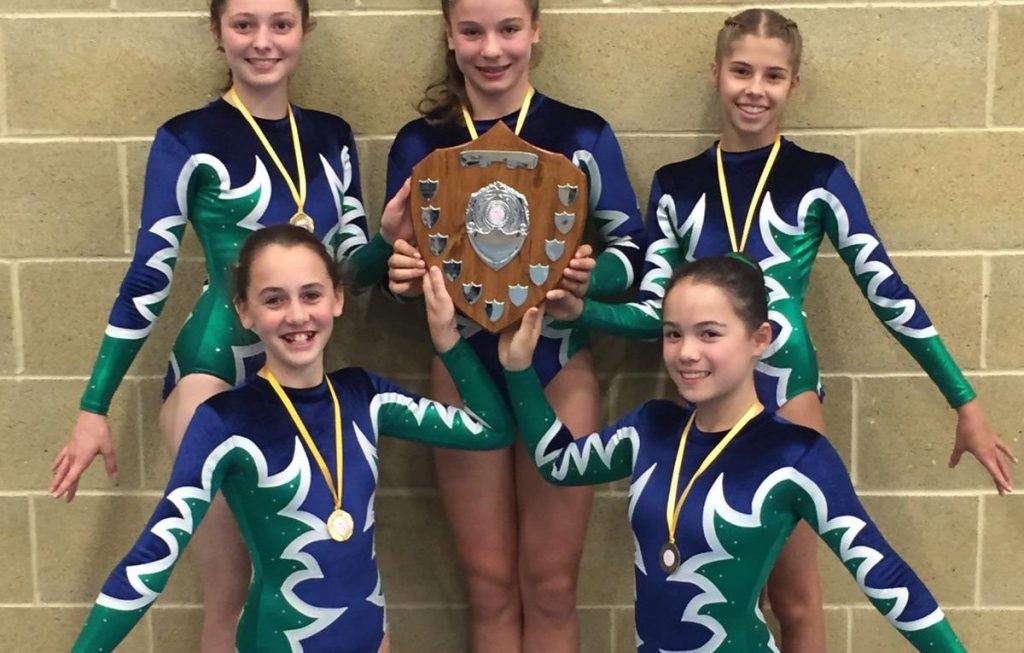
Of course, in competition everything is different. The low stake, relaxed and positive emotional state established in training does not always translate into competition. Instead, the ‘now it really counts’ mantra attached to the performance encourages increased pressure from the athletes on themselves. It can be true that for most athletes, once in the competition, thoughts of self-doubt and disbelief creep in so that they tense up, and their fluidity and control is compromised and consequently the performance is not as good as in training. Moreover, athletes experience cognitive overload and narrower attentional focus during competition. A great example of this was shown in in early research on the topic by Yerkes and Dodson and is known as the ‘Inverted U Theory of Arousal’ (1908). Their model looks at the relationship between arousal and performance and suggests that optimal performance should occur when arousal is at a moderate level. If arousal is too low (perhaps in training) or too high (often in competition) performance quality can be compromised.
If we always have this distinction between training and competition, we are never truly preparing ourselves appropriately. It is important to think about how we can get the best results when it really matters and what that means during practices and lessons. It seems vital that any training is structured to mimic the types of competition that we are striving to excel in.
Using training effectively
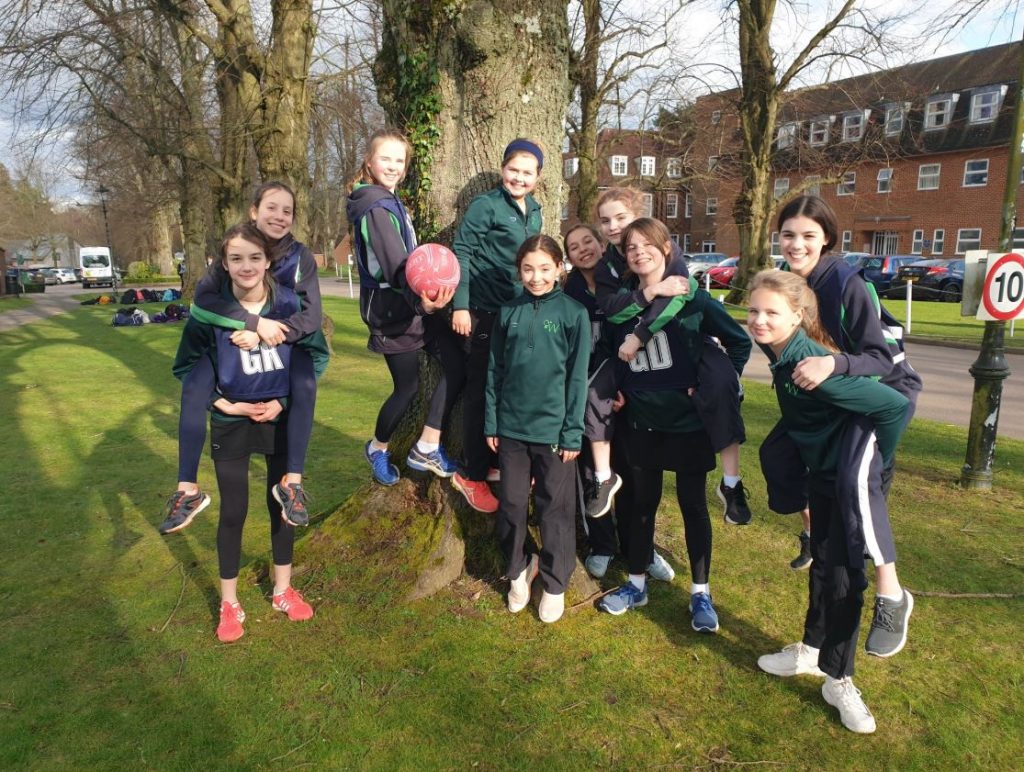
It is our job as physical educationalists to ensure that our athletes have the ability to handle the psychological ‘now it really counts’ challenge of the event alongside the physical demands. It is now much more common that professional athletes seek sport psychology services to learn how to perform in a competition as well as they do in practice. As Weinberg and Gould (2007) discuss ‘a lack of physical skills is not the real problem – rather, a lack of mental skills’ can be the cause of poor performance.
Your physical ability has not changed or decreased, so why does your performance? In training you don’t always put pressure upon yourself. In training you stay focused on what you are doing. In training you are relaxed and having fun. We must repeatedly train ourselves to always be competition ready, to improve the flow of skills, and to cope with the fast paced, high intensity environment where more is at stake.
So if we really want the performance of our athletes under pressure to resemble what has been done in lessons and training, we need to shift the view that competition is far more exciting than training, of greater importance and only enjoyable because of the extrinsic incentives that motivate performers. We must duplicate exactly what has been done in those practice sessions mentally and improve the coping skills under pressure to reflect the demands of the competitive environment. If we never practice in these high stakes situations, we will never be prepared for competition.
Conclusion
As teachers, I believe it is our role to make training as stimulating as competition, create problem solving opportunities and appropriate challenge. We must fashion training environments where we prepare our athletes for competition and move away from the view that practice is just where you go to train to prove you deserve to be in the team.
So, perhaps next time that dentist appointment is due to be booked over a games lesson, rather than thinking ‘it’s only training’, think would you approach a fixture with the same attitude?
You can therefore expect the quantity of competition-based game scenarios to be increased in lessons and training going forwards to ensure than we are ‘practicing’ at the desired intensity and with the high quality that we know we will need when we formally compete. More ‘mock’ competitions, a bigger audience present, sessions where the stakes are higher will all help reinforce the fact that training and competition should not be seen as separate. Ultimately we will be competing in our training and training to compete.
References
Weinberg, R; Gould, D (2007). Foundations of sport and exercise psychology.
Yerkes, R.M; Dodson, J.D (1908). The relation of strength of stimulus to rapidity of habit formation. Journal of Comparative Neurology and Physiology, 18. 459-482
For interest, I would recommend reading Bounce by Matthew Syed where he discusses the importance of purposeful practice.

